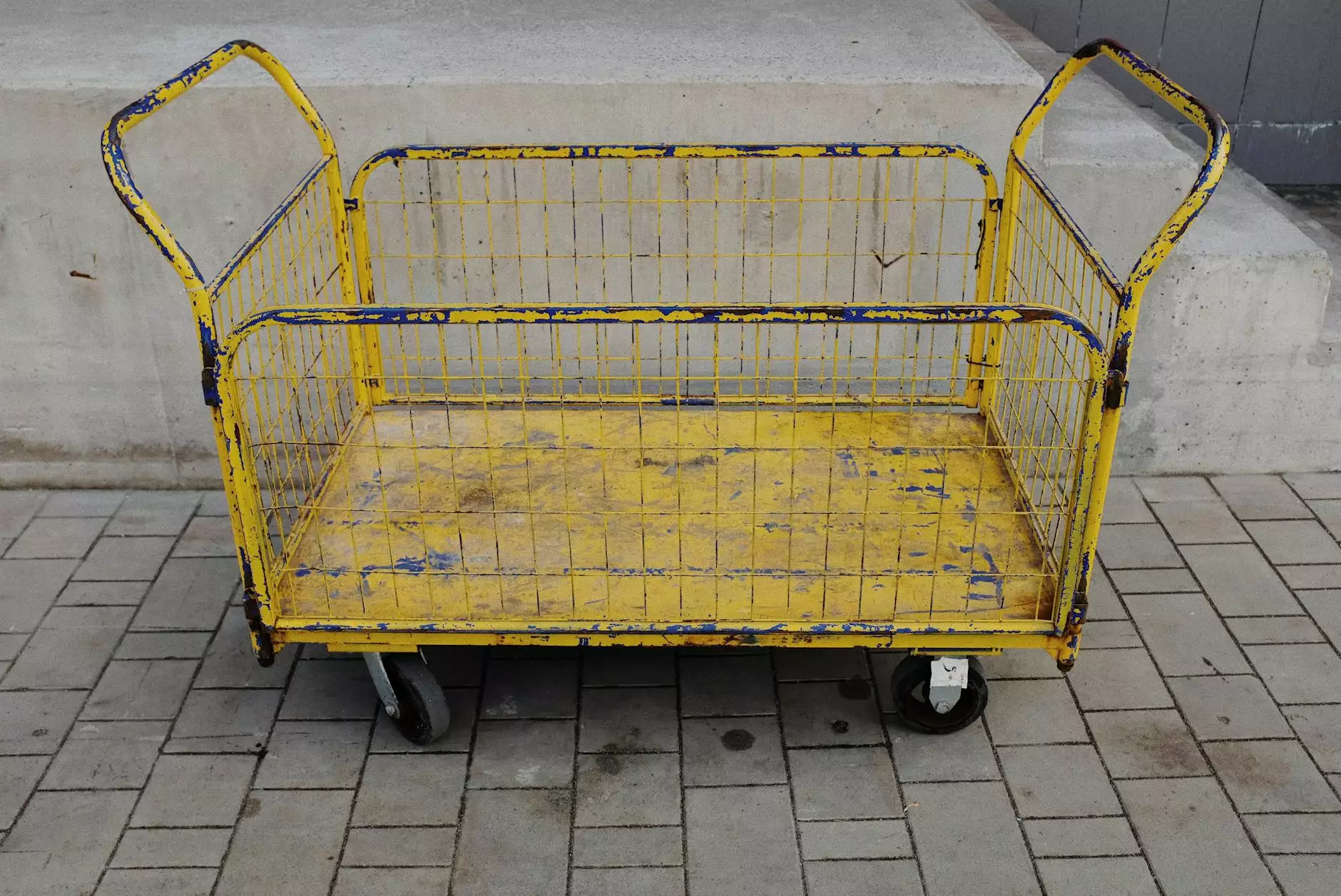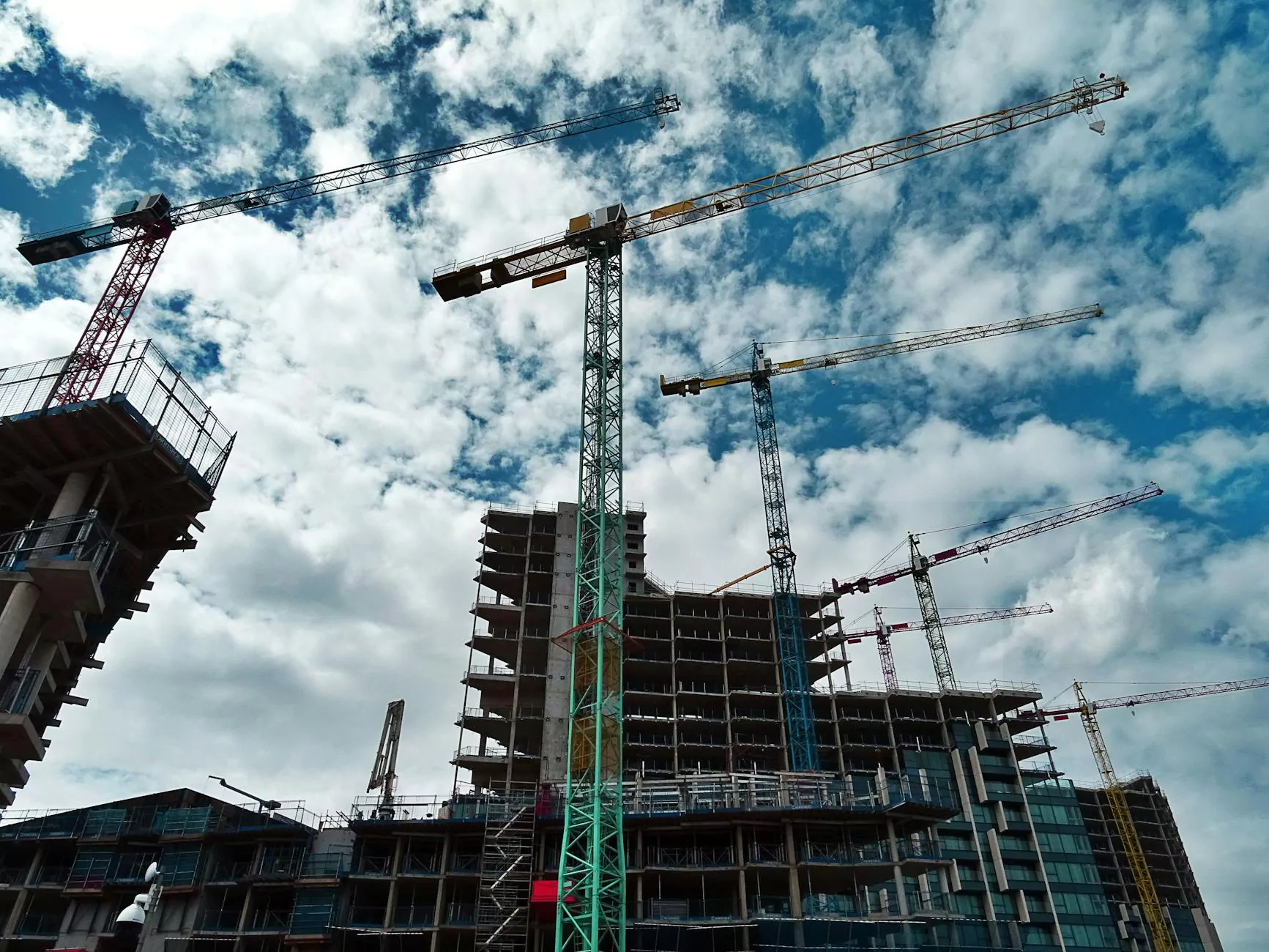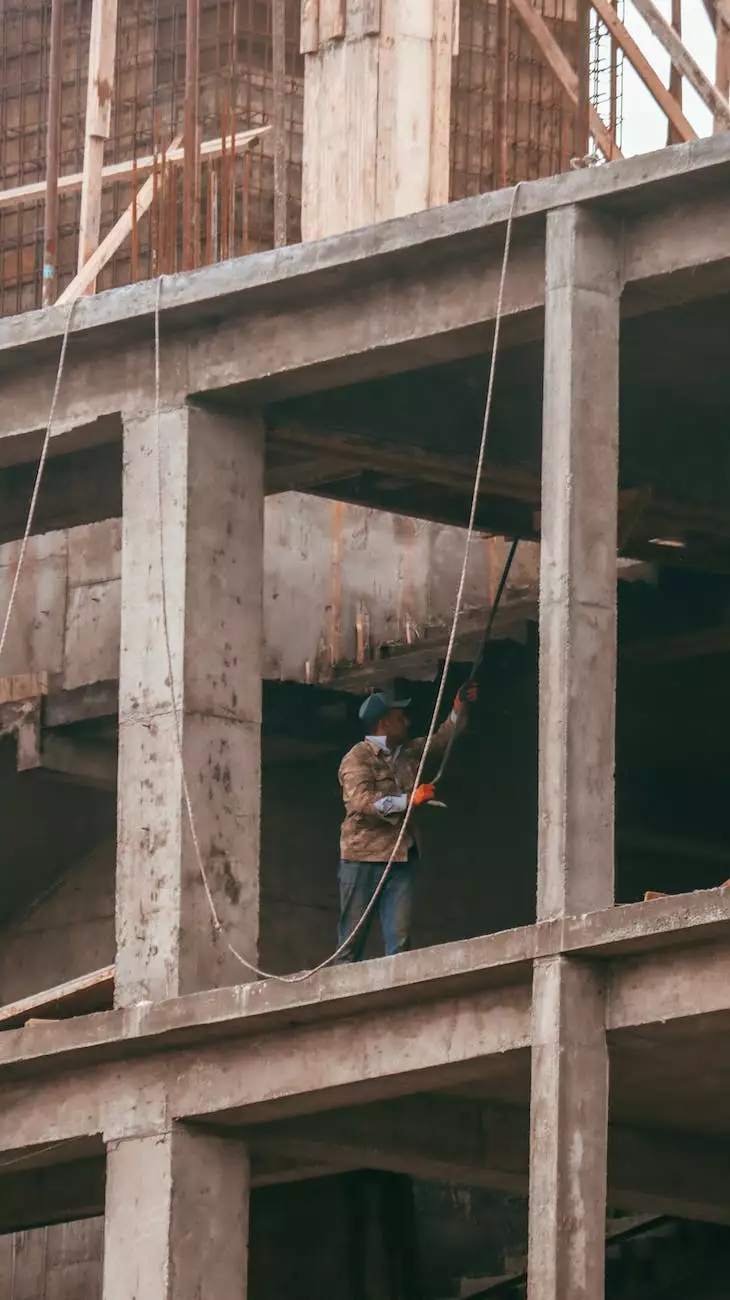Contract losses cause company to collapse with 45 jobs lost
News
It is with great sorrow and regret that we announce the unfortunate collapse of Champion Construction & Fence, a reputable company known for its exceptional services in the construction and fencing industry. This devastating turn of events comes as a result of significant contract losses, leading to the unfortunate loss of 45 jobs.
The Impact of Contract Losses
Contract losses can have detrimental consequences for any organization, Champion Construction & Fence being no exception. The sudden loss of projects and revenue put immense strain on the company's financial stability, ultimately leading to its collapse. This not only has a profound impact on the company's employees but also on its stakeholders and the local community.
With 45 skilled and dedicated professionals losing their jobs, the impact on individuals and families cannot be overstated. Many of these individuals have devoted their time and expertise to Champion Construction & Fence, and the loss of their livelihoods is nothing short of heartbreaking. Unemployment rates rise, families suffer, and the effects ripple through the community.
Contributing Factors
While contract losses were the immediate cause, several contributing factors played a role in Champion Construction & Fence's collapse. Let's explore these factors in detail:
1. Competitive Market Conditions
The construction and fencing industry is highly competitive, with numerous companies vying for projects. Despite Champion Construction & Fence's history of excellence, market conditions and increased competition made it challenging to secure new contracts consistently. The company faced fierce competition from both established players and emerging industry entrants, putting a strain on its ability to sustain growth.
2. Economic Downturn
The economic downturn that gripped the nation also had a significant impact on Champion Construction & Fence. As businesses and homeowners tightened their budgets, construction projects faced delays or cancellations. The sudden decline in demand for construction and fencing services meant fewer opportunities for Champion Construction & Fence to secure contracts and generate revenue.
3. Project Delays and Cost Overruns
Unfortunately, several projects in the company's portfolio faced unexpected delays and cost overruns. These unforeseen difficulties eroded profitability and strained the company's cash flow. Despite their best efforts, the burden of financial setbacks posed significant challenges towards maintaining long-term sustainability.
4. Lack of Diversification
Champion Construction & Fence primarily relied on a few key contracts for a significant portion of its revenue. The lack of diversification in their project portfolio left the company vulnerable to the consequences of contract losses. Had the company pursued a more diversified approach, the impact of contract losses could have been mitigated to some extent.
The Way Forward
While the collapse of Champion Construction & Fence is undeniably a significant loss for both the company and the community, it is vital to learn from these unfortunate events. The construction and fencing industry can be unpredictable and volatile, making it essential for companies to adapt and evolve continually.
Going forward, it is crucial for industry players to focus on diversification, both in terms of the services offered and the client base. By expanding their reach and staying ahead of market trends, companies can better withstand unforeseen challenges.
Furthermore, maintaining open lines of communication with clients, stakeholders, and employees is paramount. Transparent and honest communication fosters trust and allows for collaborative problem-solving, ensuring a more resilient and sustainable company.
In Conclusion
The collapse of Champion Construction & Fence due to contract losses, resulting in the loss of 45 jobs, serves as a cautionary tale for businesses in highly competitive industries. Despite the unfortunate circumstances, it is essential to recognize the wider implications and take proactive steps towards building a stronger and more resilient future.










